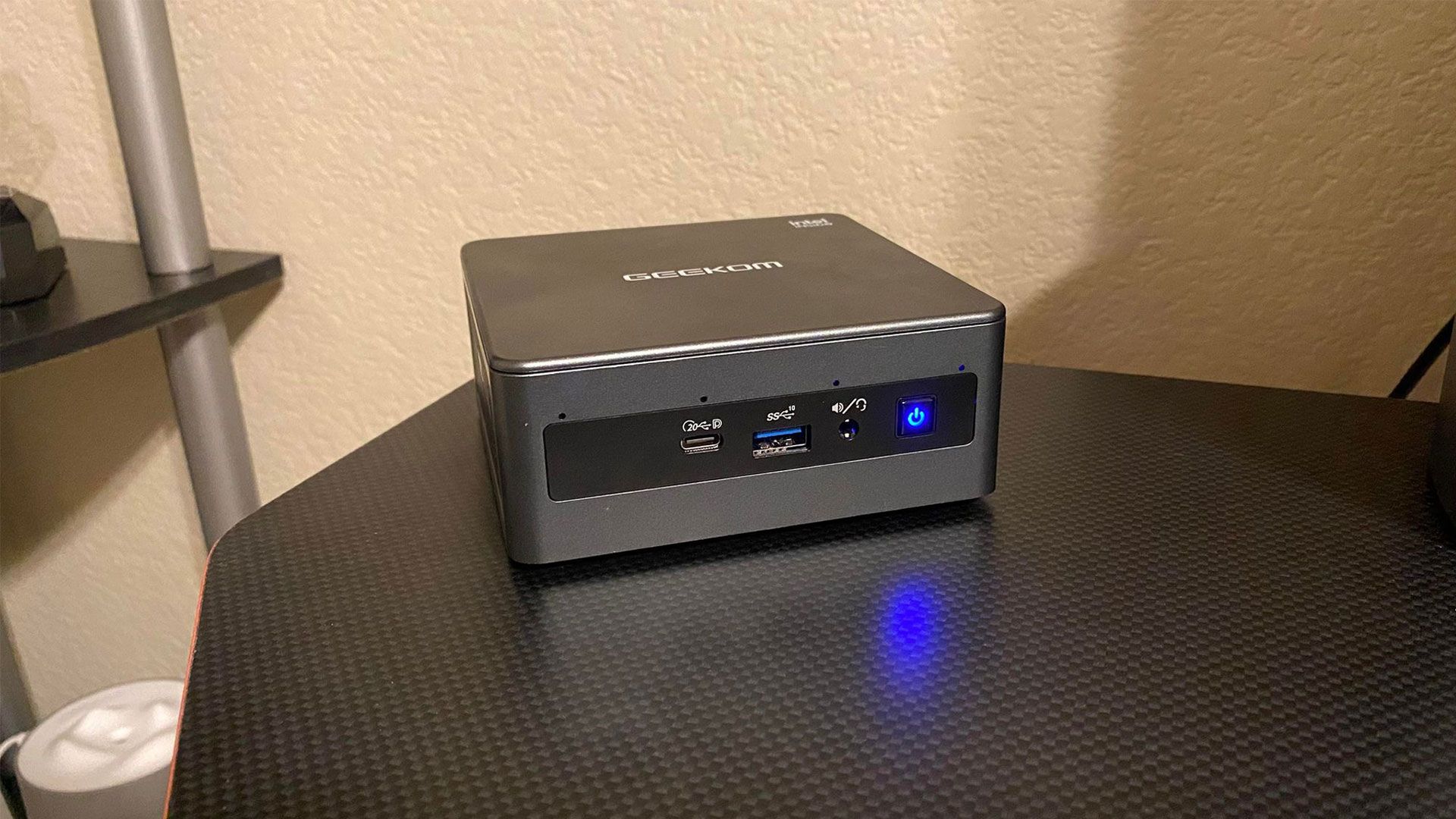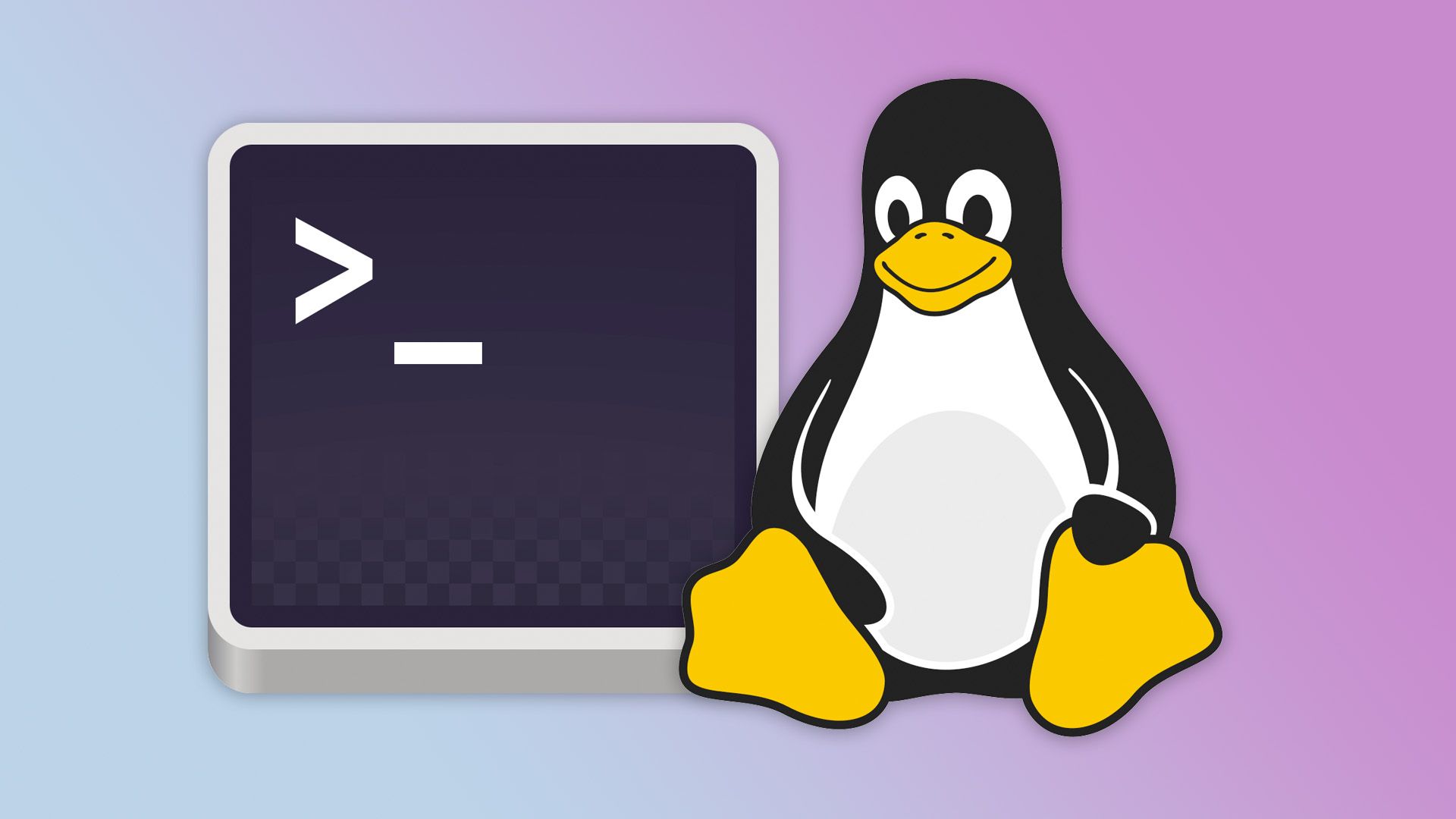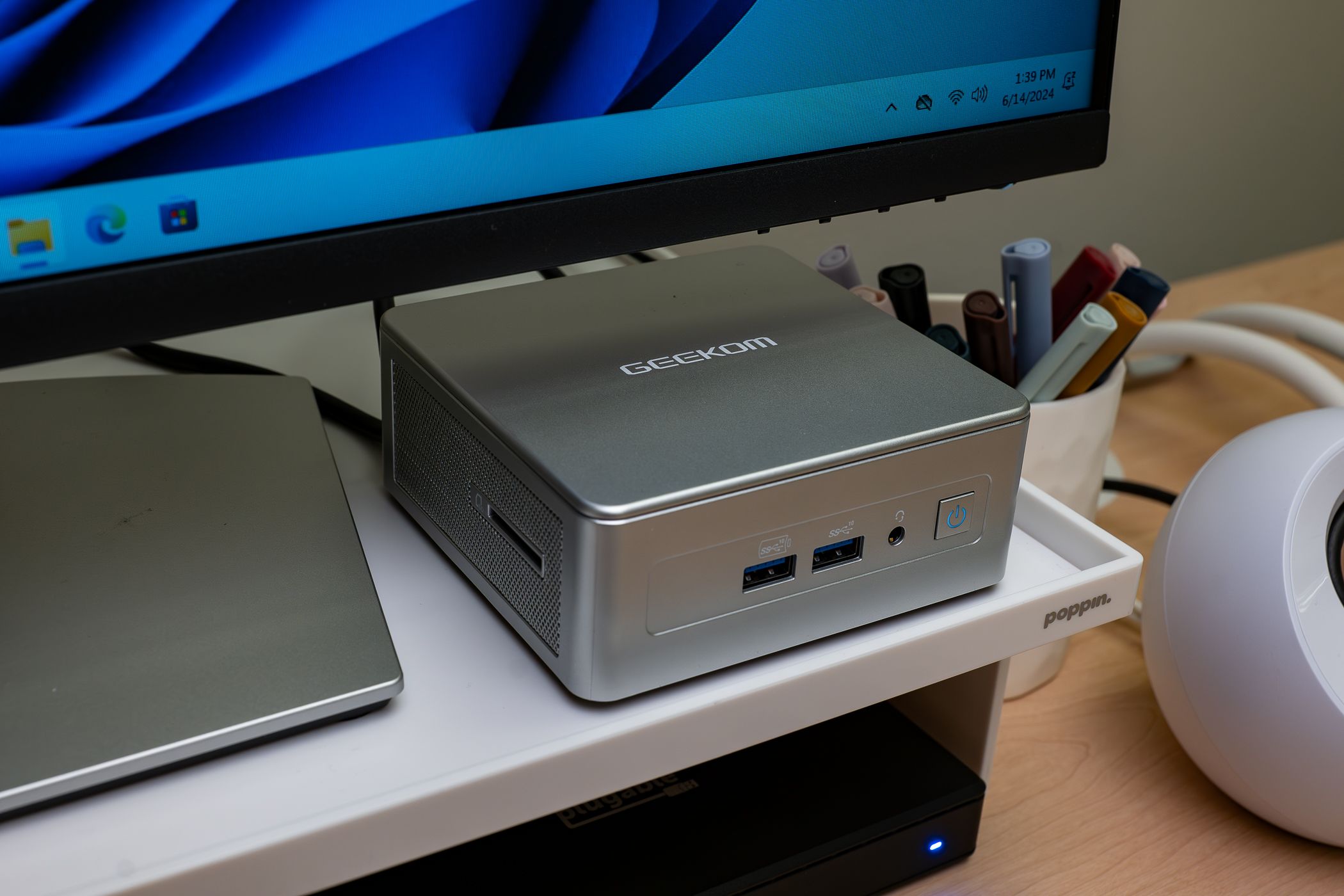You can host a Plex media server on just about anything. But the most cost-effective option, at least in terms of performance, is a mini PC. A cheap $150 mini PC will get the job done, though there are a few things that I specifically look for when choosing a mini PC for Plex.
4 Modern Transcoding Capabilities
I treat transcoding like an unavoidable evil because, frankly, that's how it feels. If a smart TV doesn't support the codec or container of a movie on my server, the server needs to re-encode it. Friends who remotely tap into my server without adjusting their app settings will trigger a transcode every time they watch a video. Even something as mundane as subtitles can kick my machine into a resource-intensive transcoding session.
The free version of Plex only offers software transcoding, which chews through resources. But I own a Plex Pass membership and can take advantage of hardware transcoding—a far more efficient option. I just need a mini PC that can process multiple simultaneous video streams and accommodate modern codecs, like H.265.
In other words, I need a modern mini PC with Intel Quick Sync. And, thankfully, there are a lot of options to choose from.
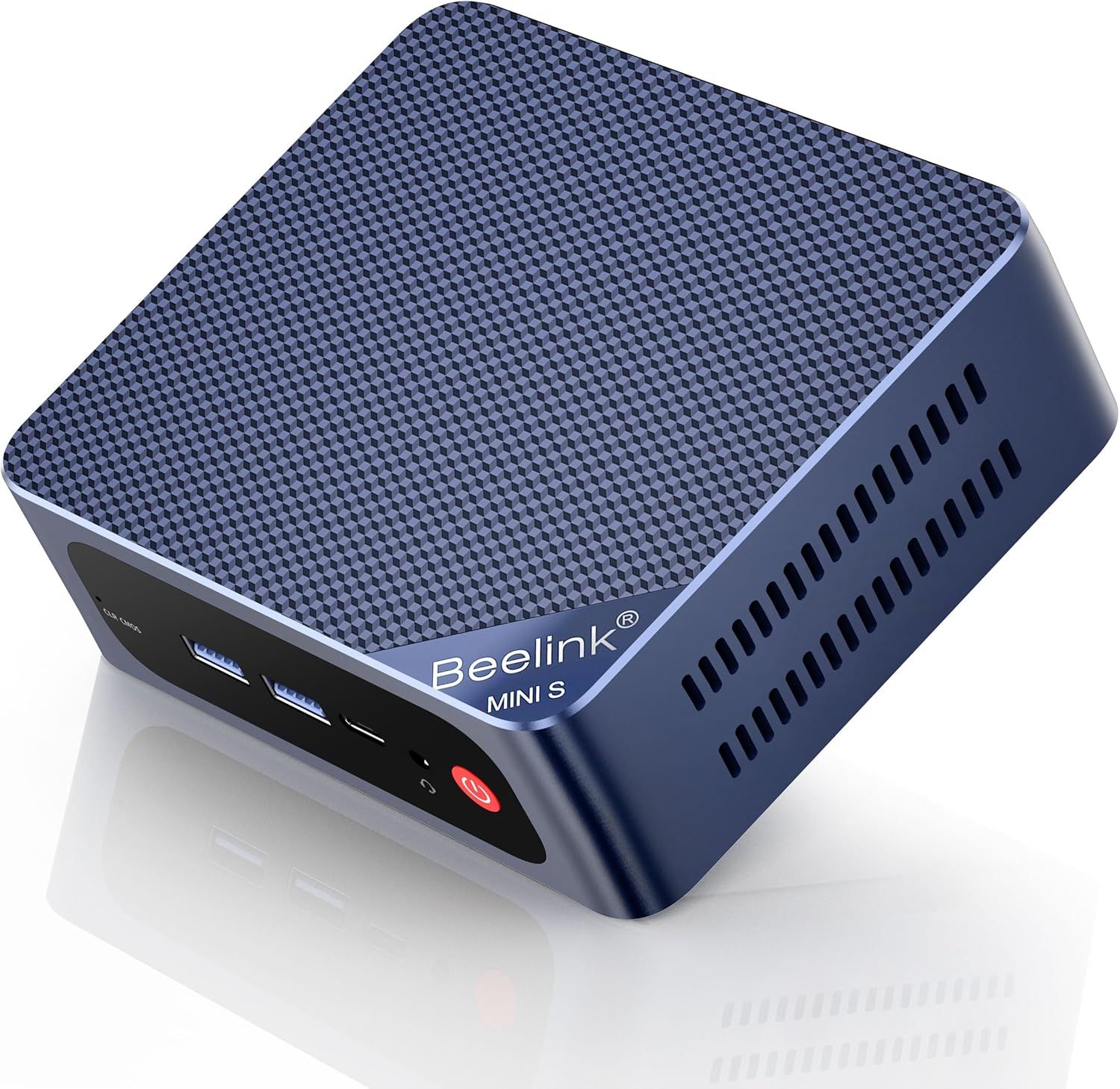
Beelink S13 PRO
Equipped with a modern Intel N150 processor, 16GB of LPDDR4 RAM and a 500GB SSD, the Beelink S13 PRO mini PC is an excellent option for a lightweight Plex media server. Plus, it's super affordable.
A cheap mini PC with an Intel N100 or N150 processor should accommodate four or five simultaneous 1080p video transcodes through Quick Sync, so long as the video bitrate isn't too extreme. But if you need more than five concurrent transcodes (or extra bandwidth for other tasks), a 10th Gen Intel Core processor is a good place to start. I'm currently using a Core i7-12650H (12th Gen) mini PC, which should be able to endure at least 15 simultaneous 1080p transcodes, although real-world results will vary depending on video bitrate and other factors.
I'd avoid anything older than the 7th generation Intel Core family, by the way, as that's the minimum for HEVC encoding with Quick Sync. Still, there's a lot of flexibility here, especially if you're trying to build a lightweight server with only a couple of users.
I should also clarify that Plex's hardware acceleration features tend to work best with an Intel CPU. An AMD mini PC can be a good option for Plex, but Intel just works, so it's my preference. And while a discrete GPU could provide better transcoding performance than an iGPU (with some caveats), I'm not all that interested in buying or setting up an external GPU today (although I'd like the option to use one in the future—more on that later).
3 Power Efficiency and Thermals
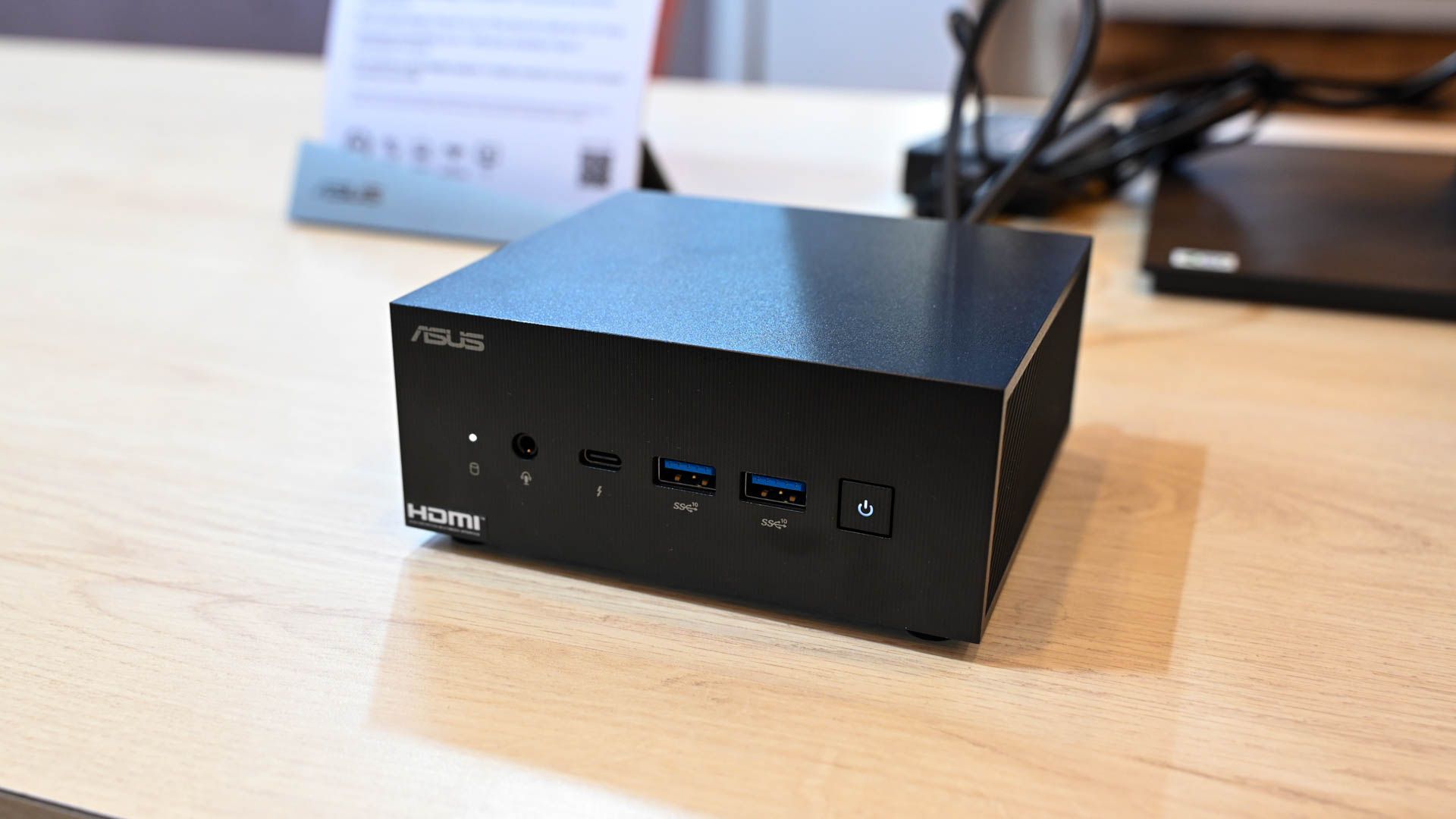
I keep my networking gear in my office. And, coincidentally, my office is where I spend a lot of my time. A bit of noise and heat are tolerable, but I don't want my mini PC to act like a whirring space heater.
To be clear, I don't spend my time pouring over the wattage or noise level ratings that are listed on manufacturer spec sheets. Performance per watt is the important thing here. How much energy does my mini PC use during transcoding, and how long does it take to complete a transcode?
A mini PC that idles at 1 watt is worthless to me if it chokes through transcoding—not only will it provide a bad viewing experience, but it'll spend a lot of time under load generating unnecessary heat and blowing through electricity. A beefier PC might consume more power at idle, but if it cracks through transcodes in the blink of an eye, it'll burn through less electricity in the long run.
But how do you shop for this stuff? Honestly, ignore whatever manufacturers say about power consumption or noise level. Look up reviews for mini PCs and their CPUs to find real-world idle wattage, load wattage, decibel levels, and transcoding performance.
Mini PCs with high-end laptop CPUs, particularly the new Intel Core Ultra series, tend to outperform those with cheaper or older CPUs. The aforementioned Core i7-12650H processor in my mini PC peaks at about 30 watts during 1080p hardware transcodes, but it's fast enough to perform multiple simultaneous "throttled" transcodes—in other words, it's so fast that it can pause transcoding while it waits for the viewer to catch up.
Obviously, budget constraints may limit your ability to care about power efficiency. If you're scraping through eBay to find a $50 ThinkCenter, for example, you should just focus on performance and upgradability.
As a quick aside, I suggest using a product like the Kill A Watt to measure the power consumption of always-on devices in your home. It can monitor a single device's electricity usage over a span of days and calculate the energy cost based on your utility rate.
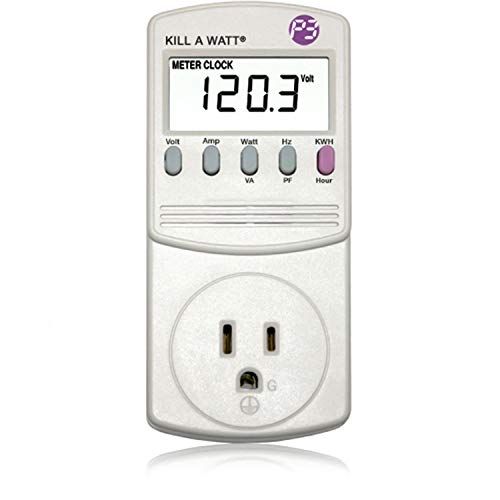
P3 P4400 Kill A Watt Electricity Usage Monitor
Calculate the electricity usage of any device with the Kill A Watt monitor. It can even tell you how much money you spend running a device for an hour, a day, a week, a month, or a year.
2 A Robust Selection of USB Ports
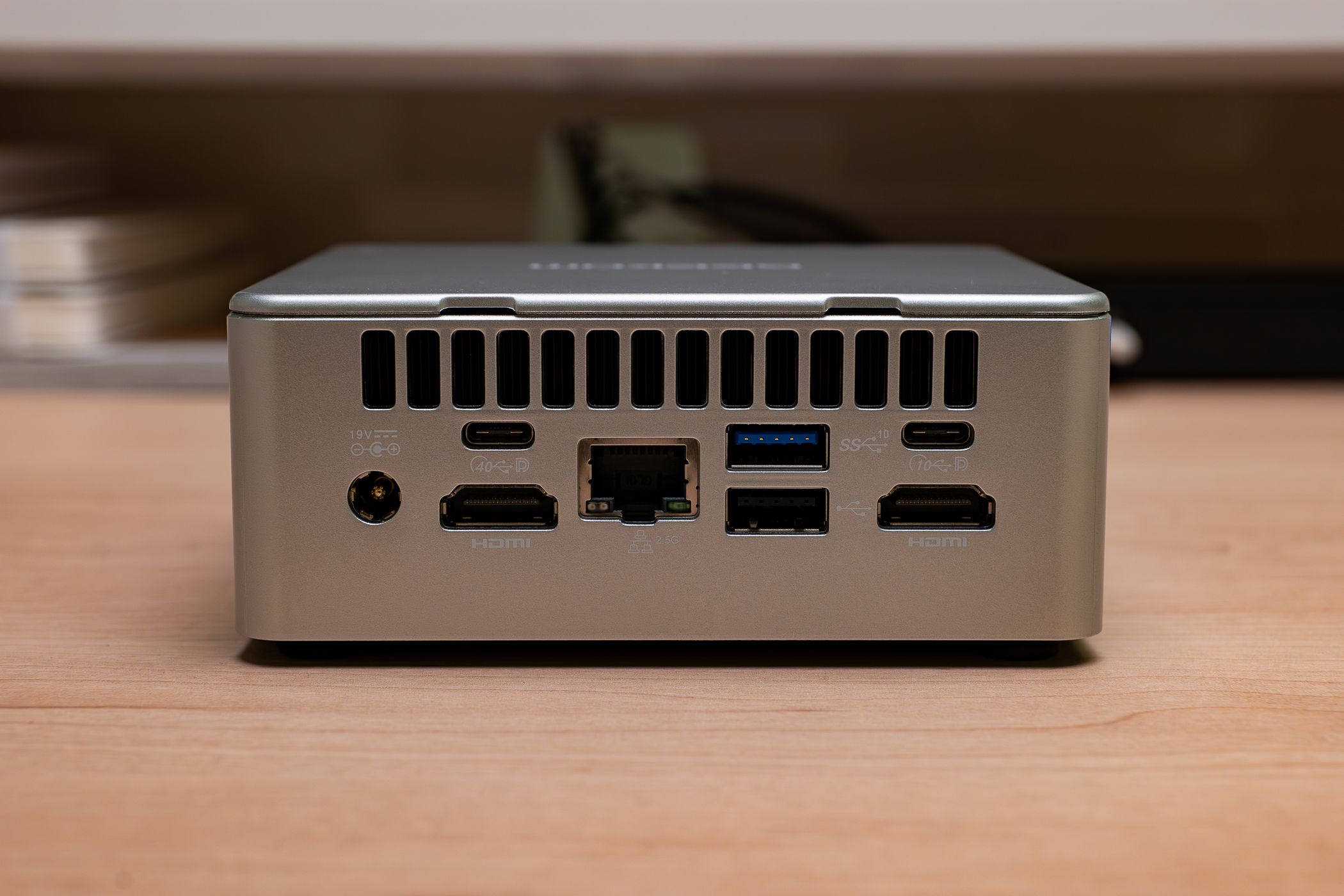
I don't store any media files on my mini PC. Instead, I keep all of my media on a cheap NAS, which is mounted to the mini PC through NFS. There aren't any external drives connected to my mini PC, and its internal SSD has a modest 500GB capacity. Its USB ports are totally unoccupied at the time of writing.
Still, I went out of my way to buy a mini PC with a robust collection of USB ports. And my reasoning mainly comes down to three factors—flexibility, upgradability, and reusability.
If I want to connect external drives to my mini PC, I can do so without any hand-wringing about port availability. Plus, I plan to rip my collection of obscure DVDs, CDs, and Blu-ray discs by connecting my disc drive to one of the mini PC's high-speed USB ports (there are some Docker containers that make this process easier). I can also use the high-speed USB ports for a DAS enclosure should I choose to ditch the NAS that I'm currently using for media storage.
Thunderbolt ports are particularly useful because they open the door to external GPUs. My mini PC's iGPU is great in 2025, and it'll probably get the job done for another 7 years or so, but Thunderbolt gives me the option to upgrade video performance or repurpose the mini PC for something different in the future.
While we're on the subject of port selection, I should note that network speed can be an important factor when choosing a mini PC. I'm honestly fine with a single 1Gbps Ethernet port, but multi-gig connectivity is ideal for future-proofing and may be useful today if you're sharing Plex with dozens of people (and have a home internet speed that can support dozens of remote streams) or plan on using your mini PC for additional, more advanced tasks.
1 Upgradability Gives Me Room to Grow

Most mini PCs run on laptop components. So, while socketed CPUs are a rarity, upgradable RAM and storage are extremely common. It's hard to find an Intel-based mini PC that isn't upgradable—but if that's the case, why am I talking about it?
Upgradability is worth discussing because entry-level mini PCs, specifically those with the Intel N100 CPU, are limited to single-channel memory. Even if an N100 mini PC has two SO-DIMM slots, it cannot support dual-channel bandwidth. This isn't necessarily a problem for Plex, but it limits your ability to run memory-intensive processes like VMs, game servers, and various self-hosted applications alongside Plex. RAM limitations may also reduce your ability to repurpose a mini PC in the future.
I'm not trying to steer anyone away from entry-level mini PCs—they're great for running Plex alongside some lightweight apps—but I also know how easy it is to fall down the self-hosting rabbit hole. You set up Plex, and then you get into Pi-hole, and soon enough, you find yourself researching whether your mini PC can support a Steam Link game server, a local LLM, or a snappy virtualized Windows desktop. That's one of the main reasons I sprung for a mini PC with a modern Intel Core-series CPU; I knew that I would need some room to grow.
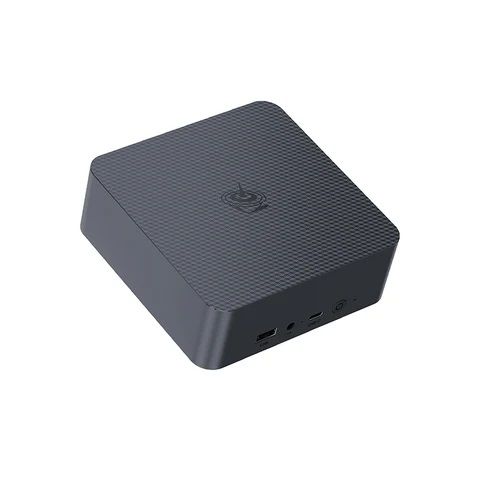
Beelink EQi12
I'm currently using the Beelink EQi12 as my Plex media server. Its Intel Core i7-12650H processor blows through transcodes and can accomodate VMs or other intensive applications alongside Plex, making it a solid mid-range homelab solution.


